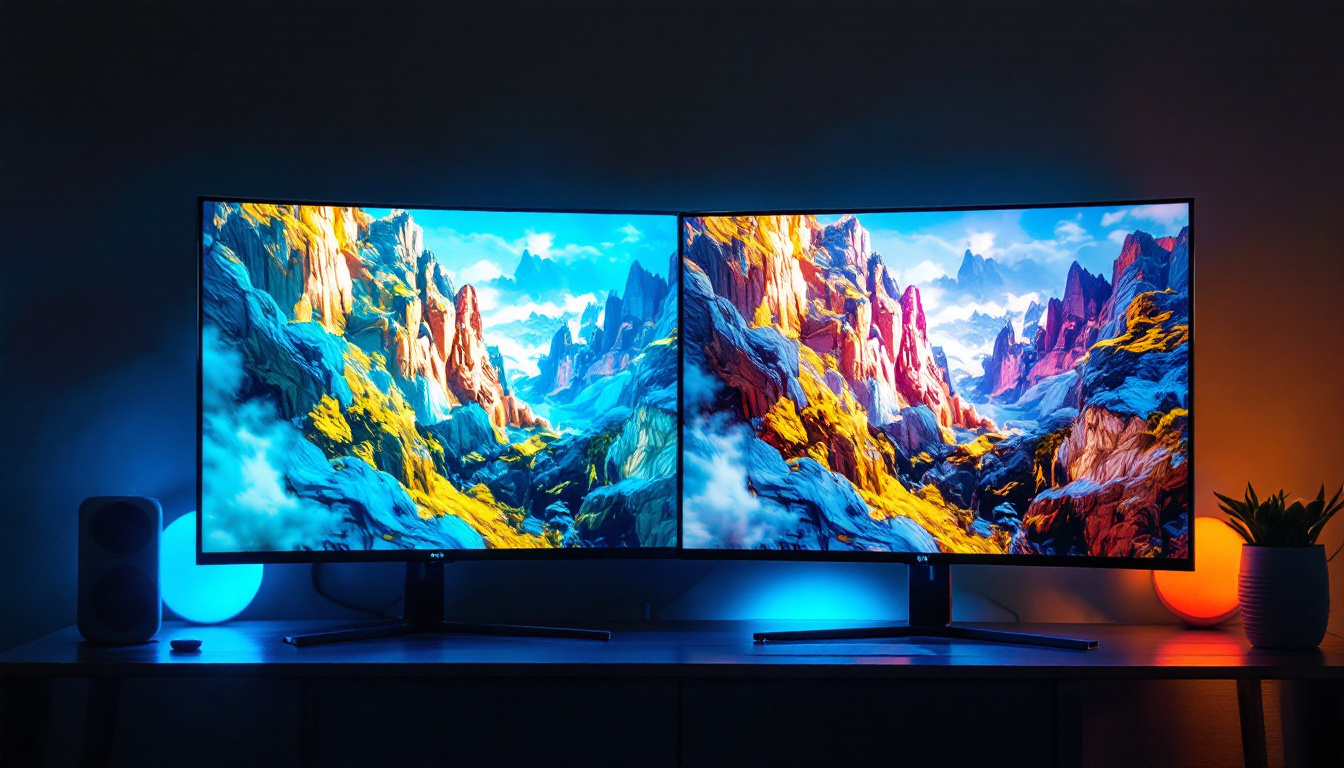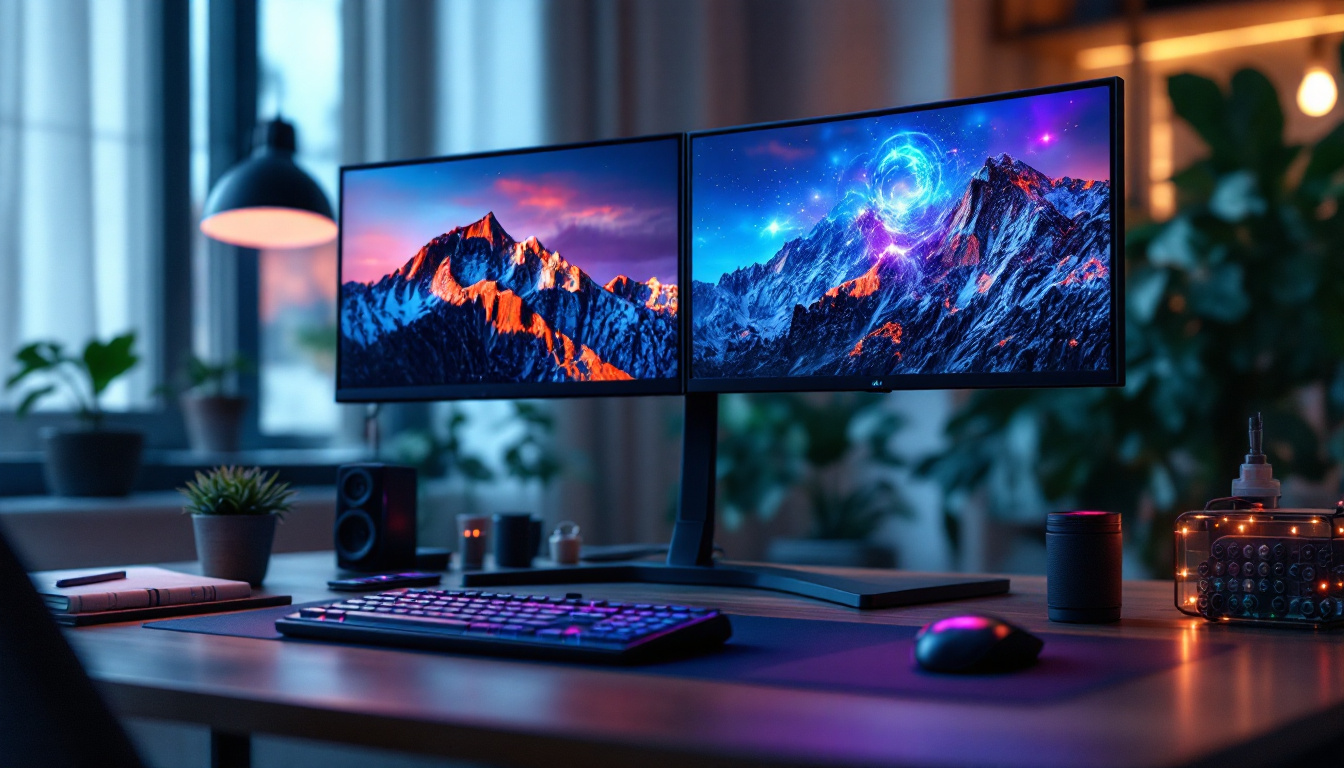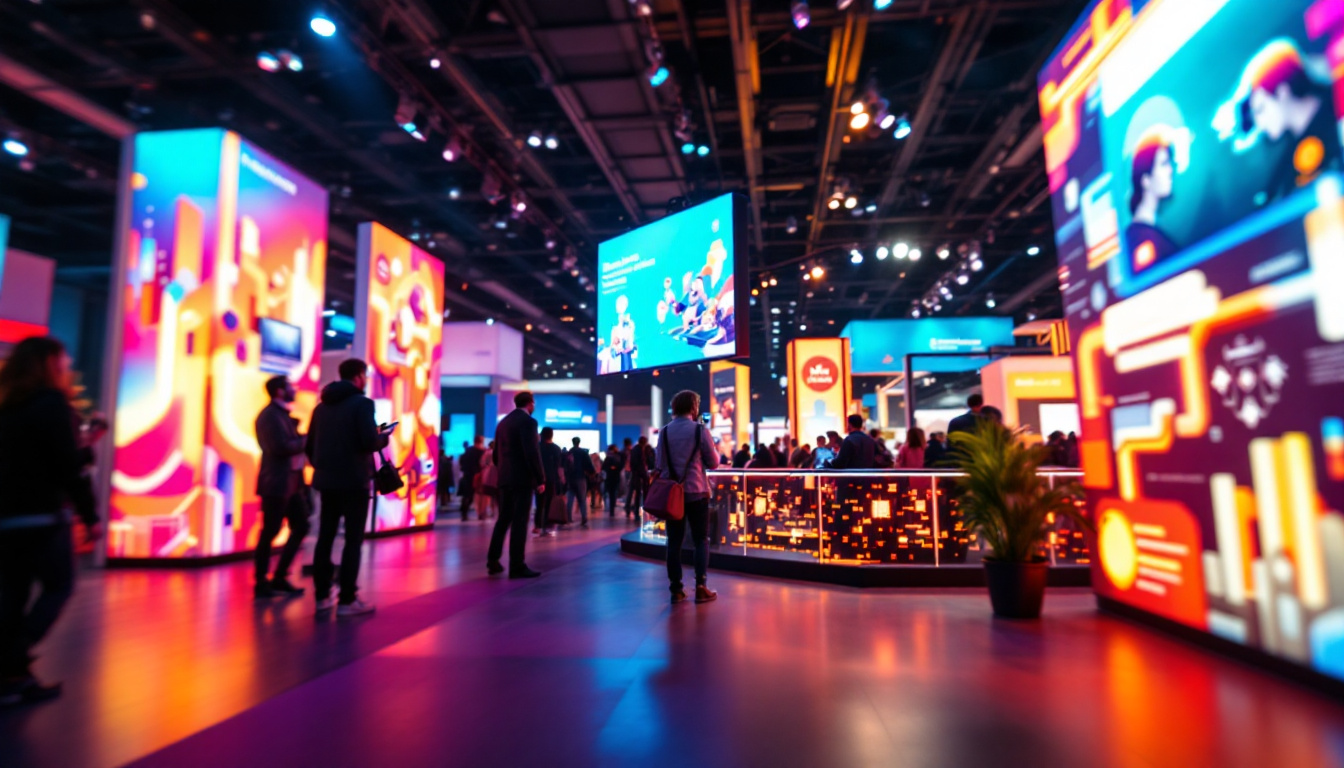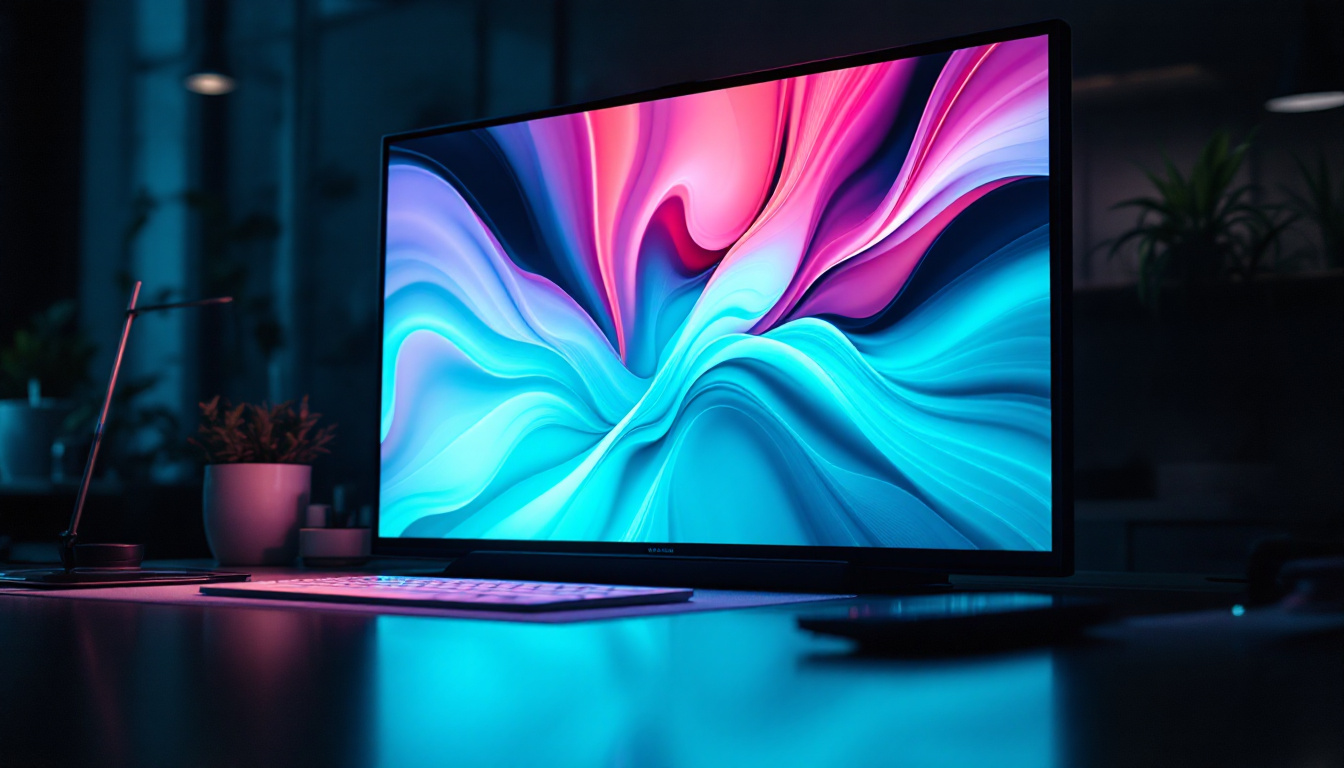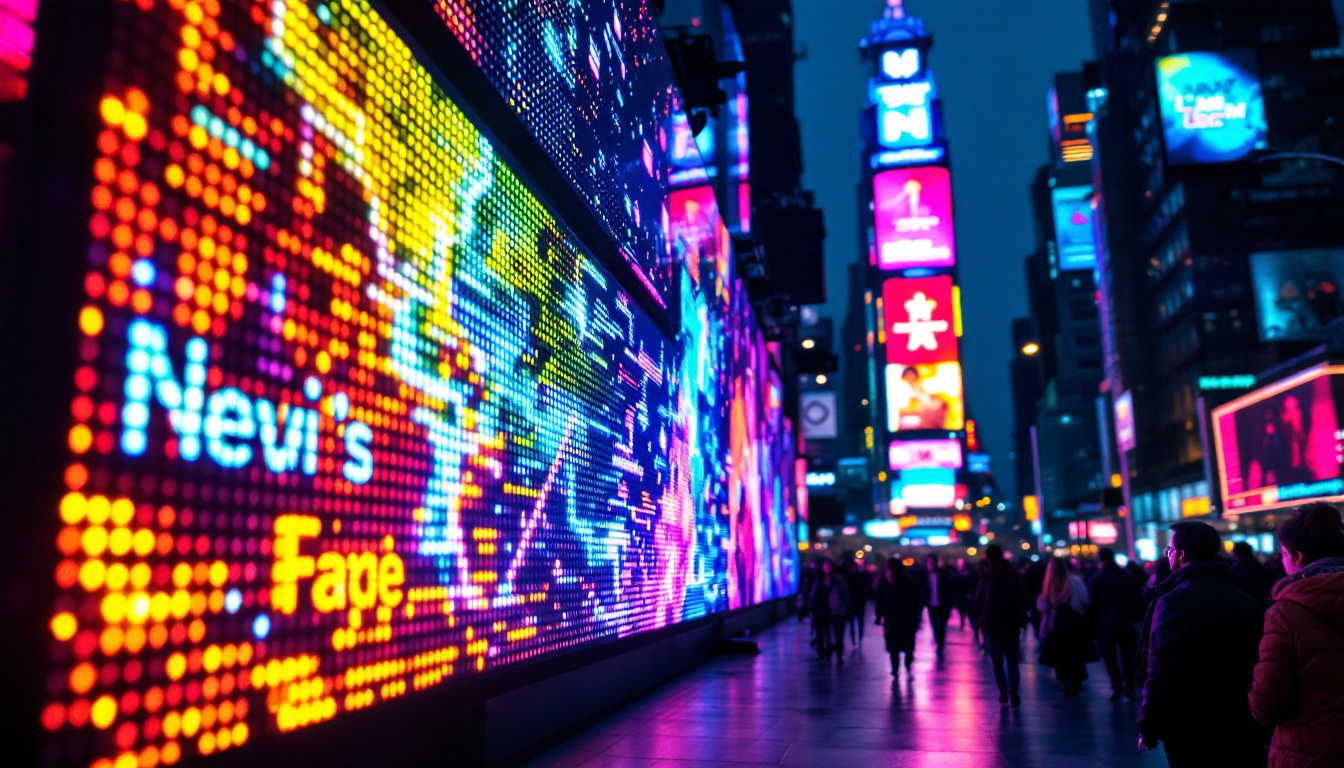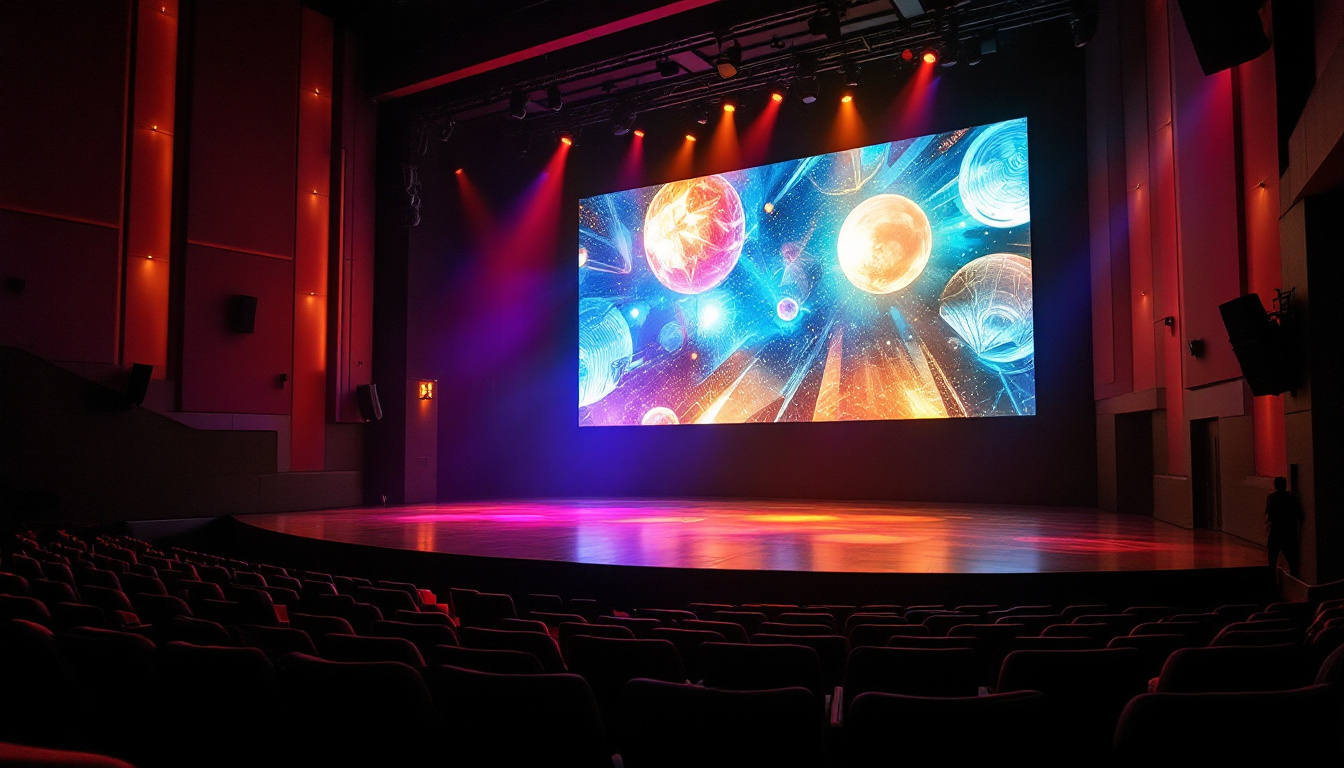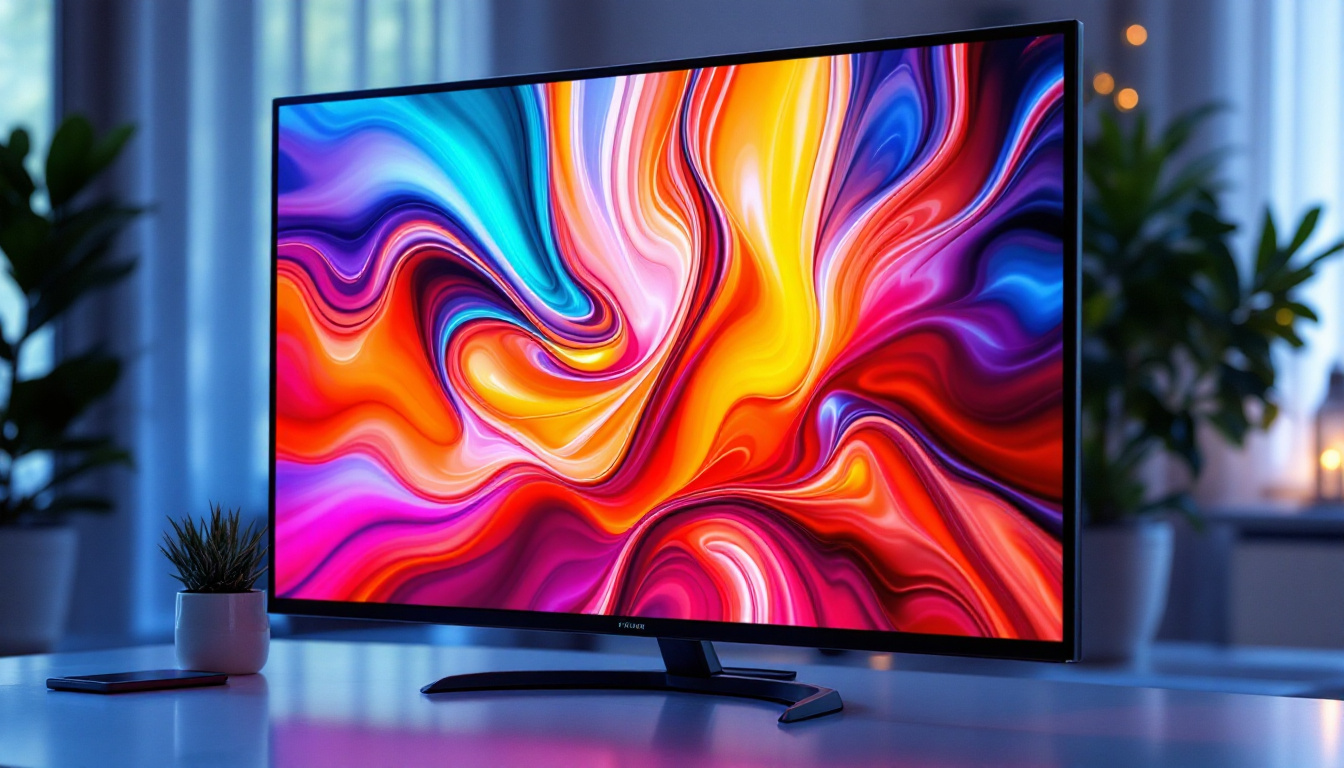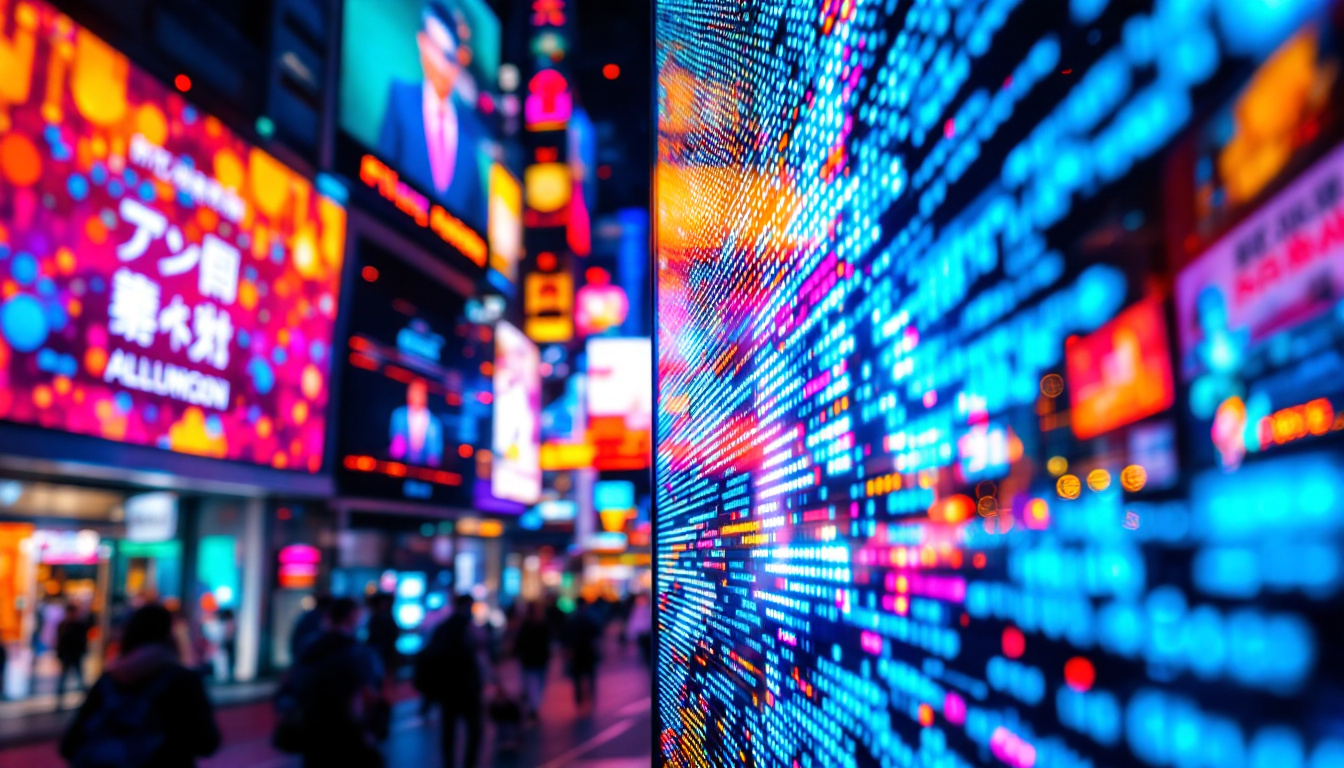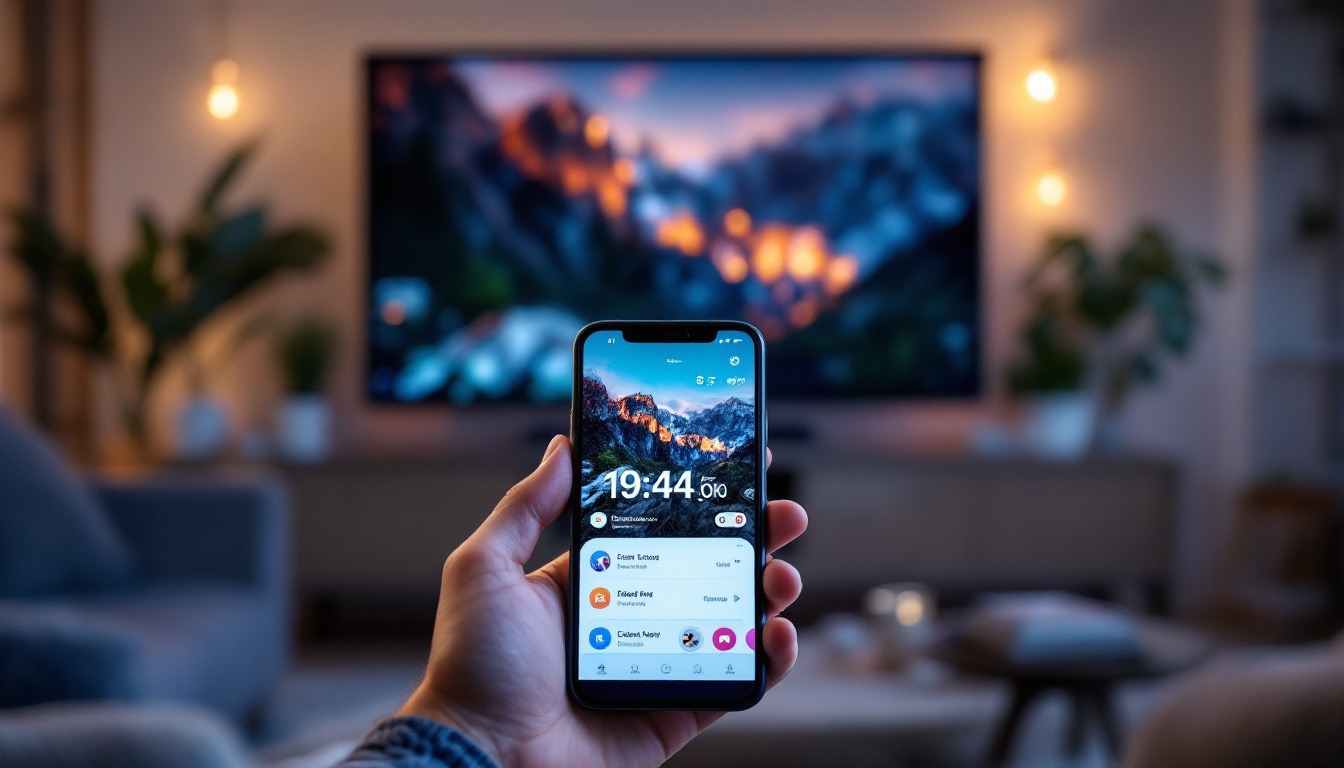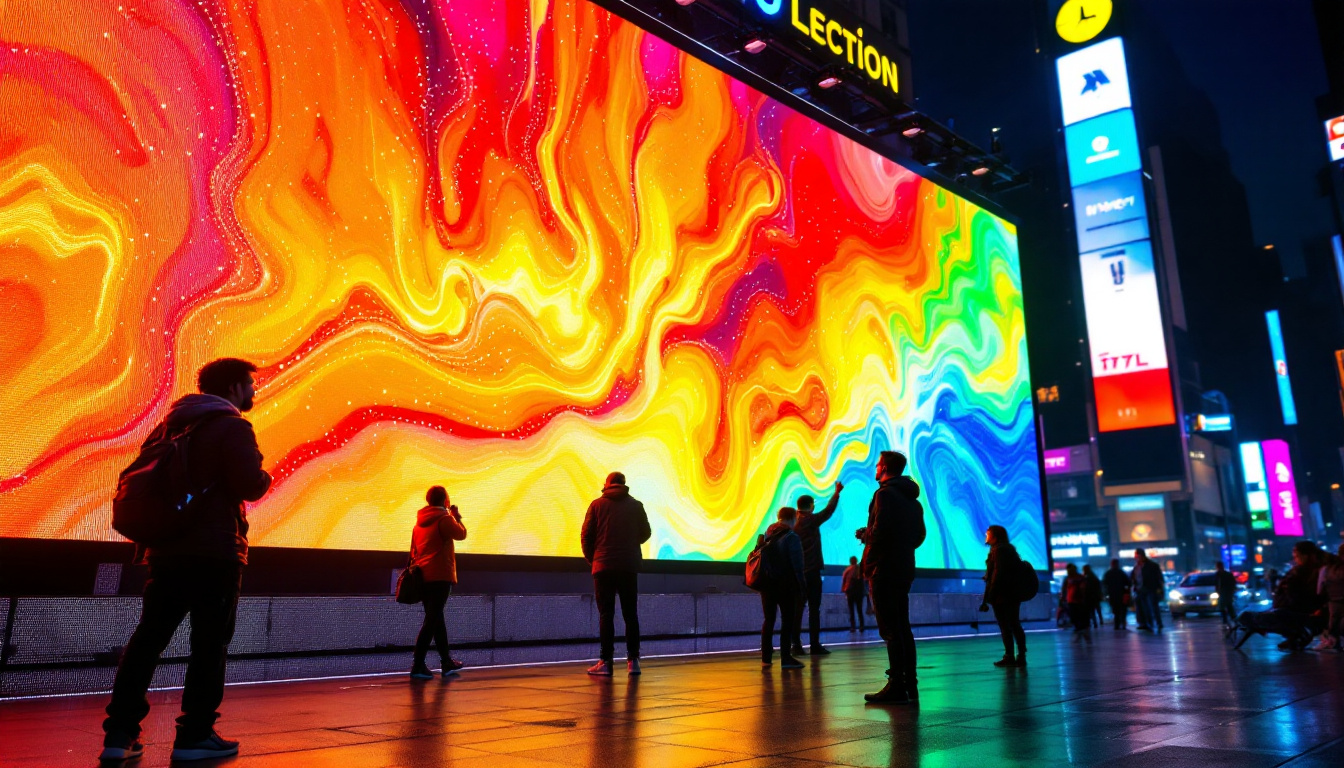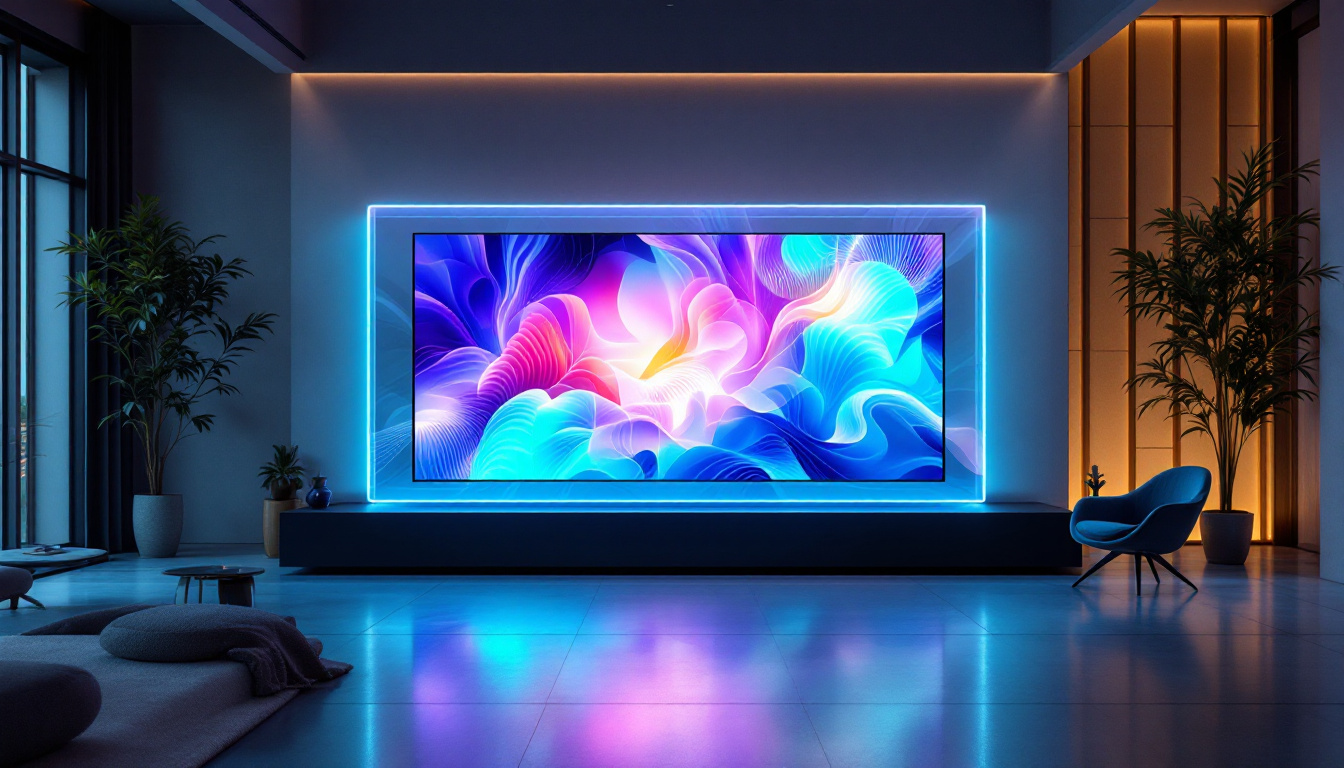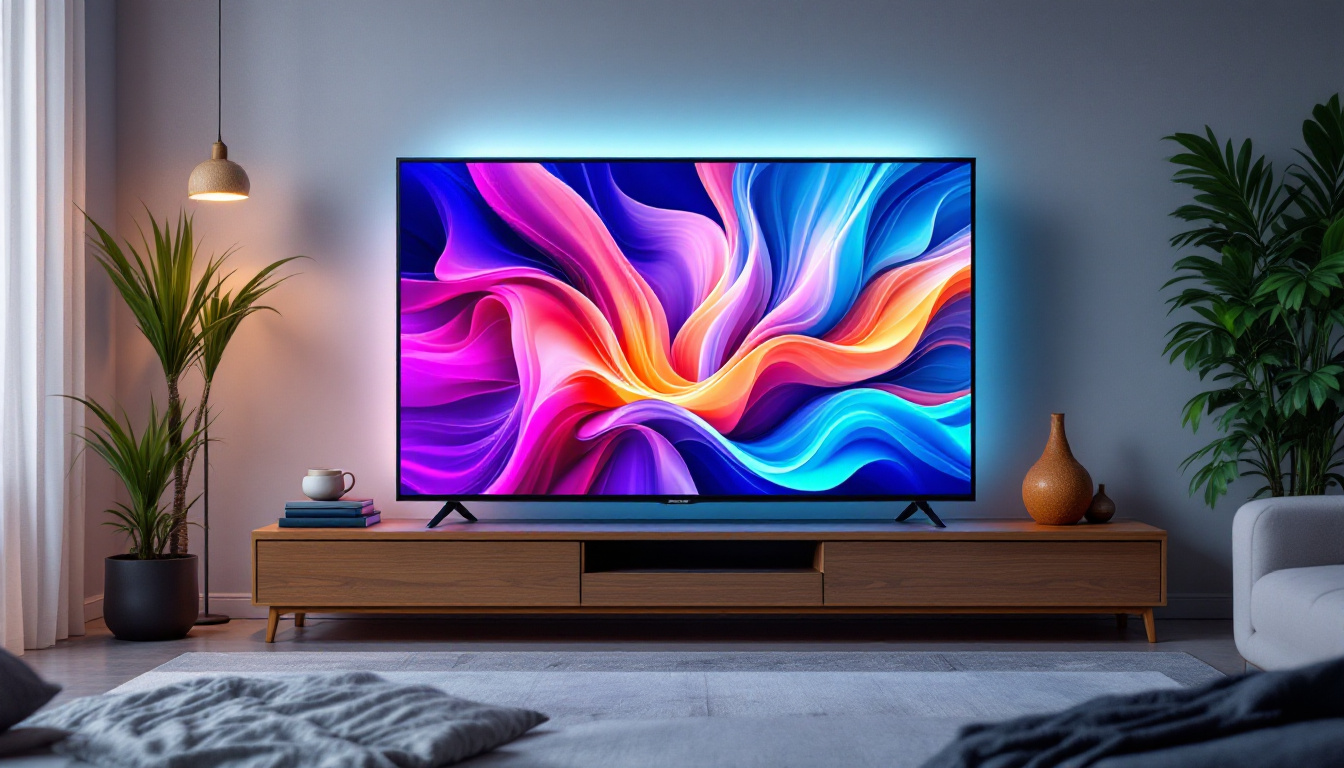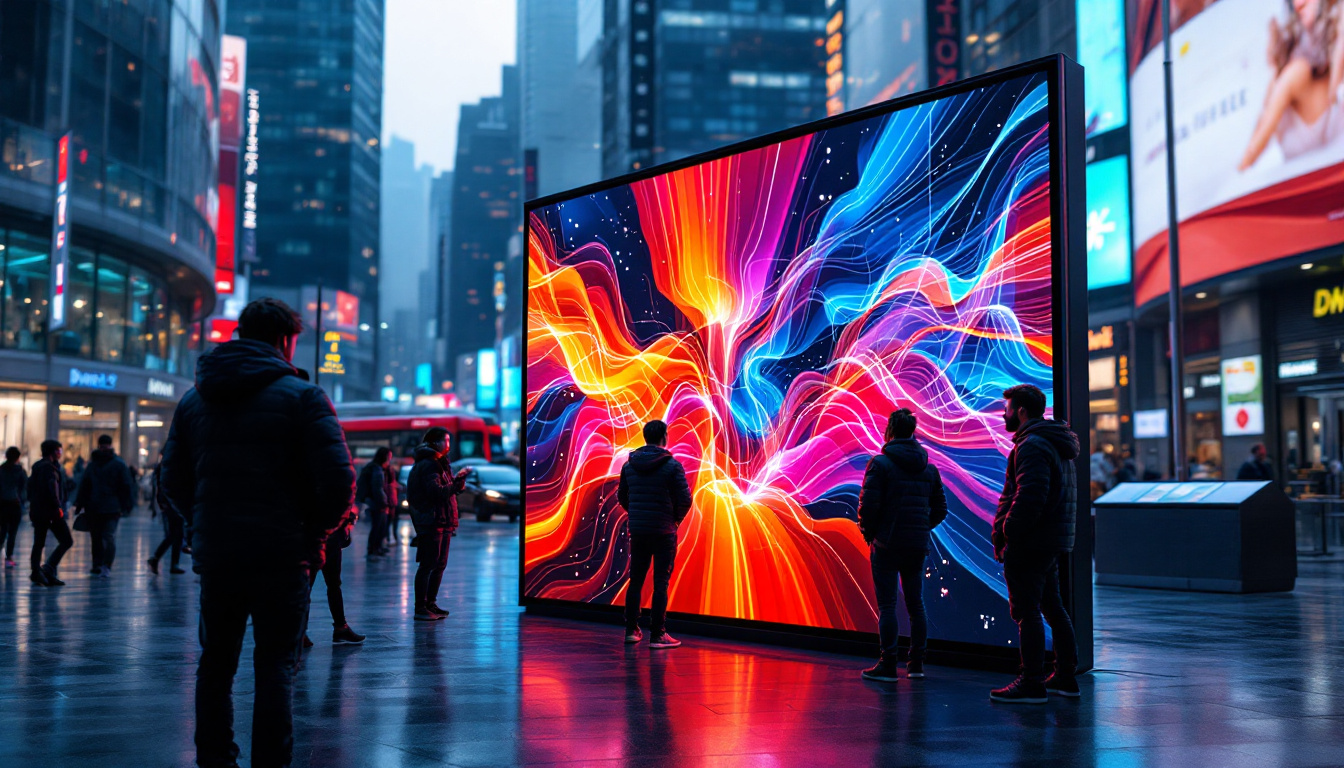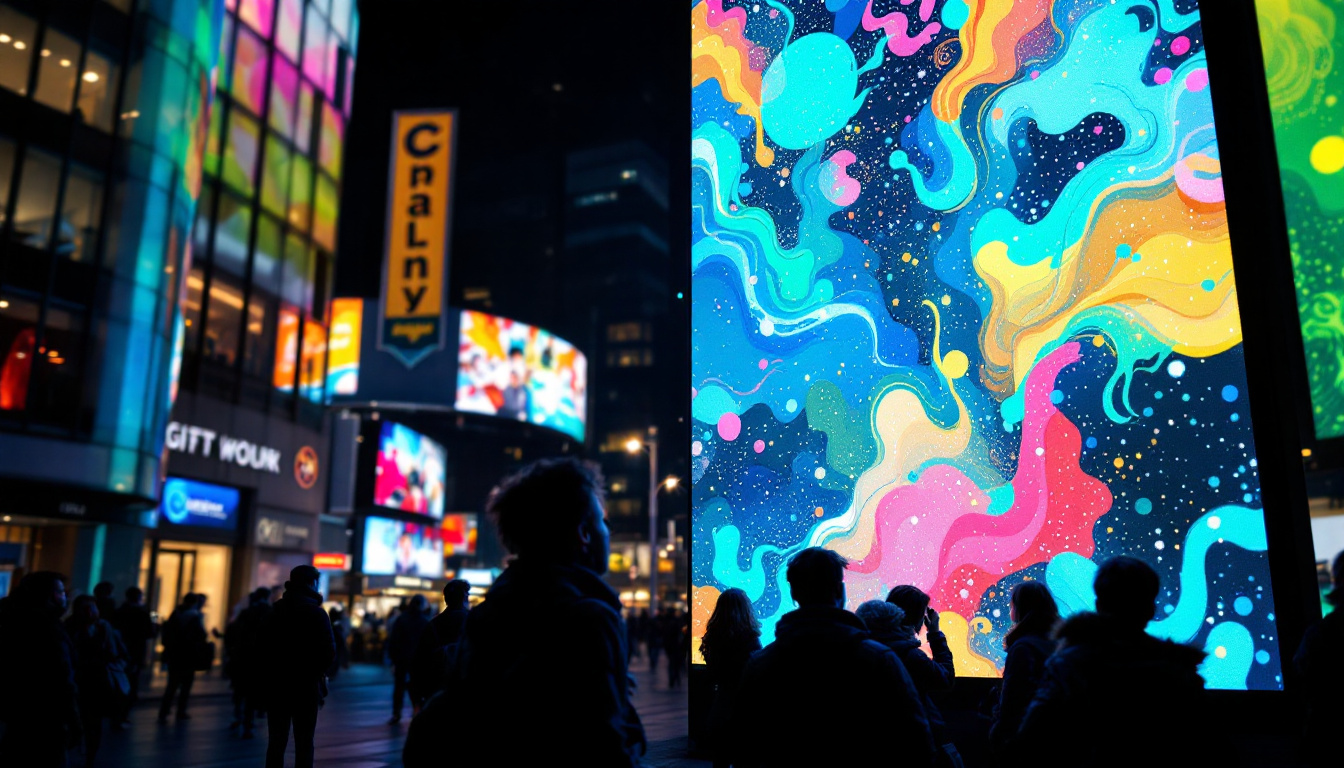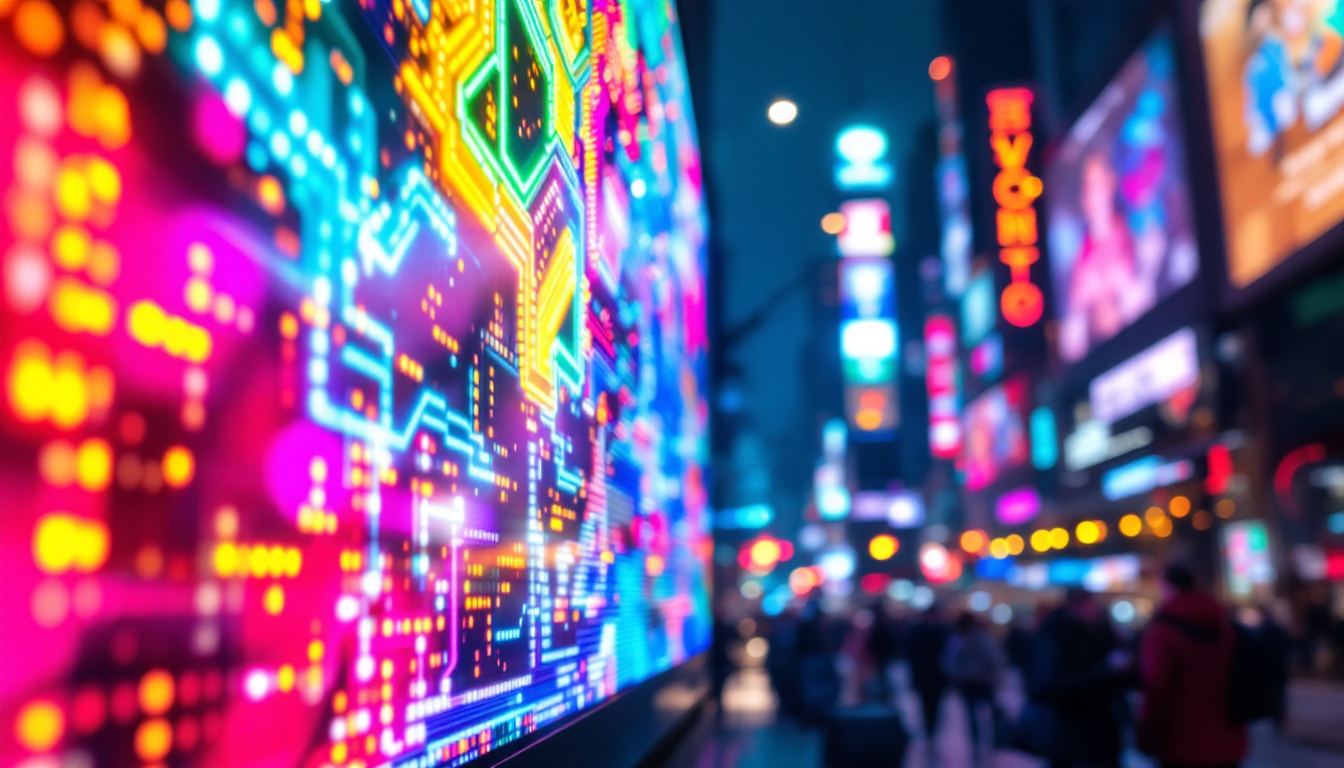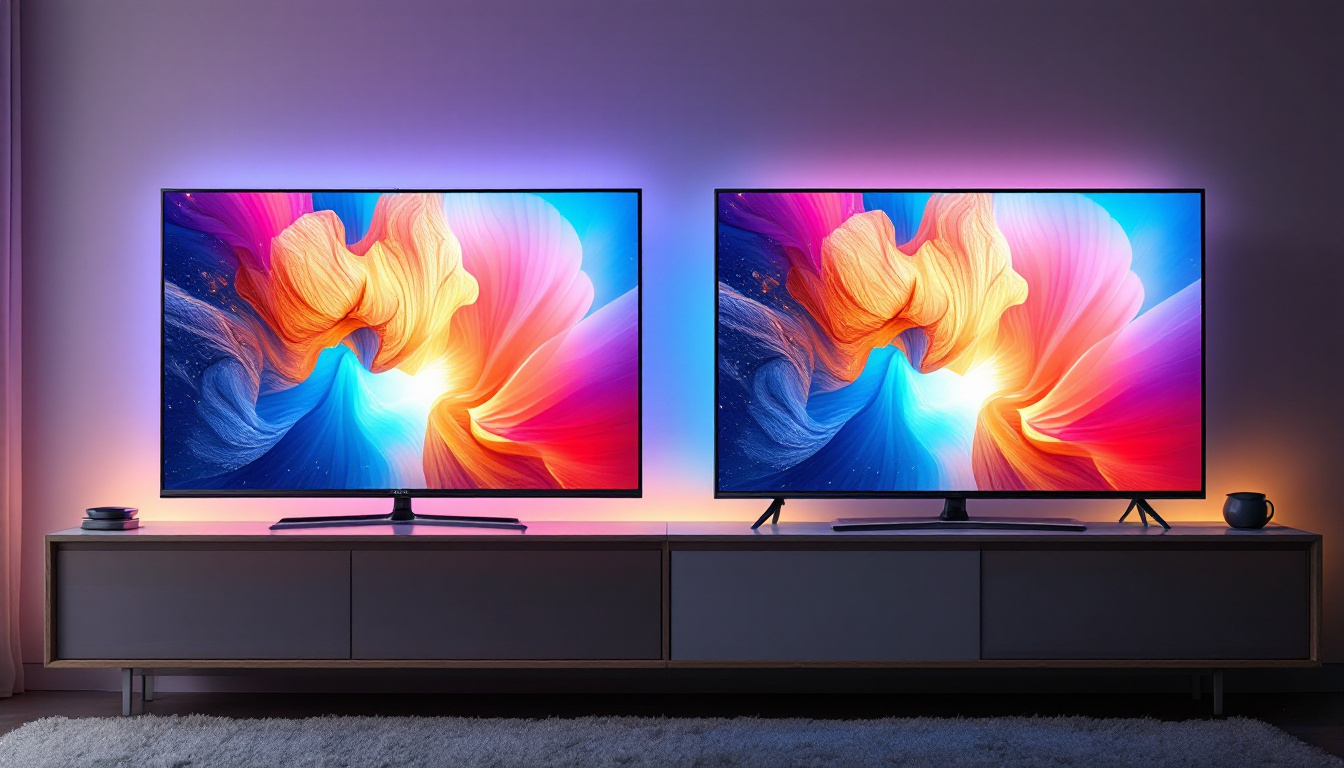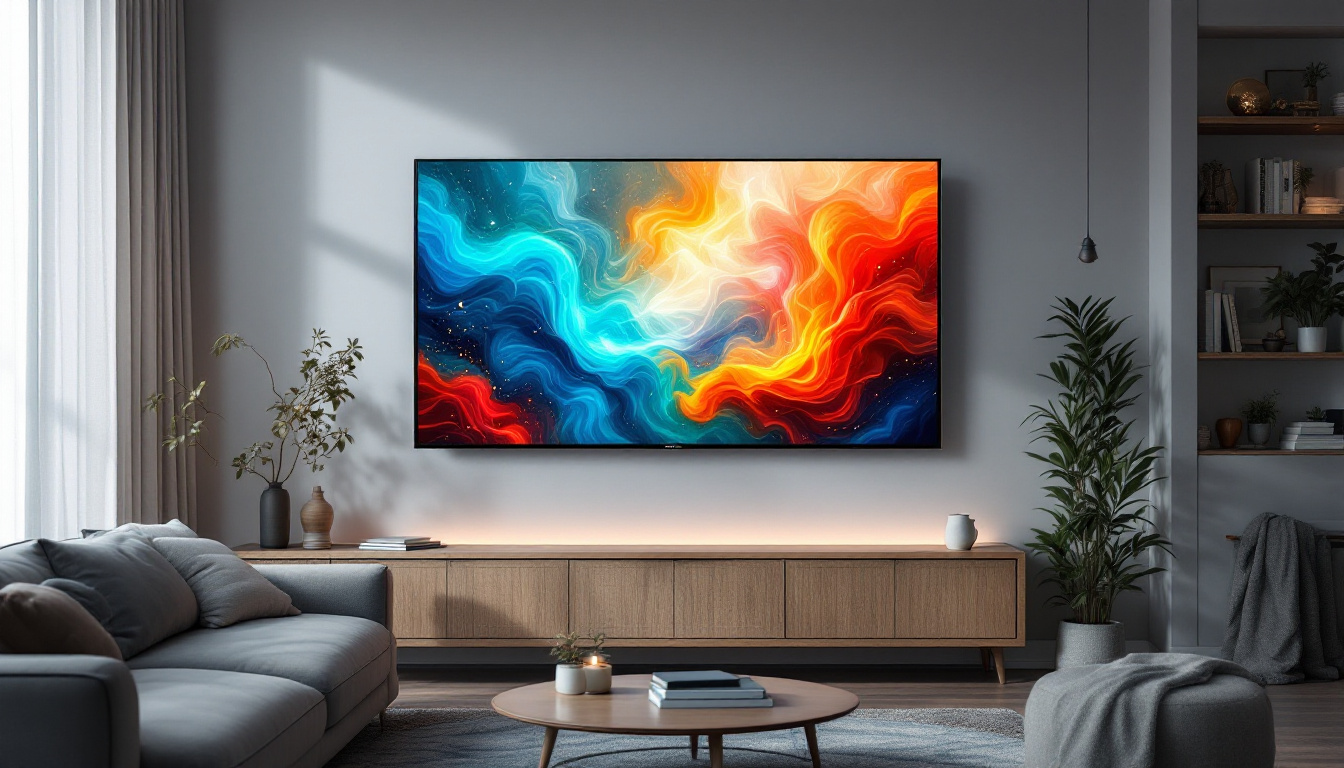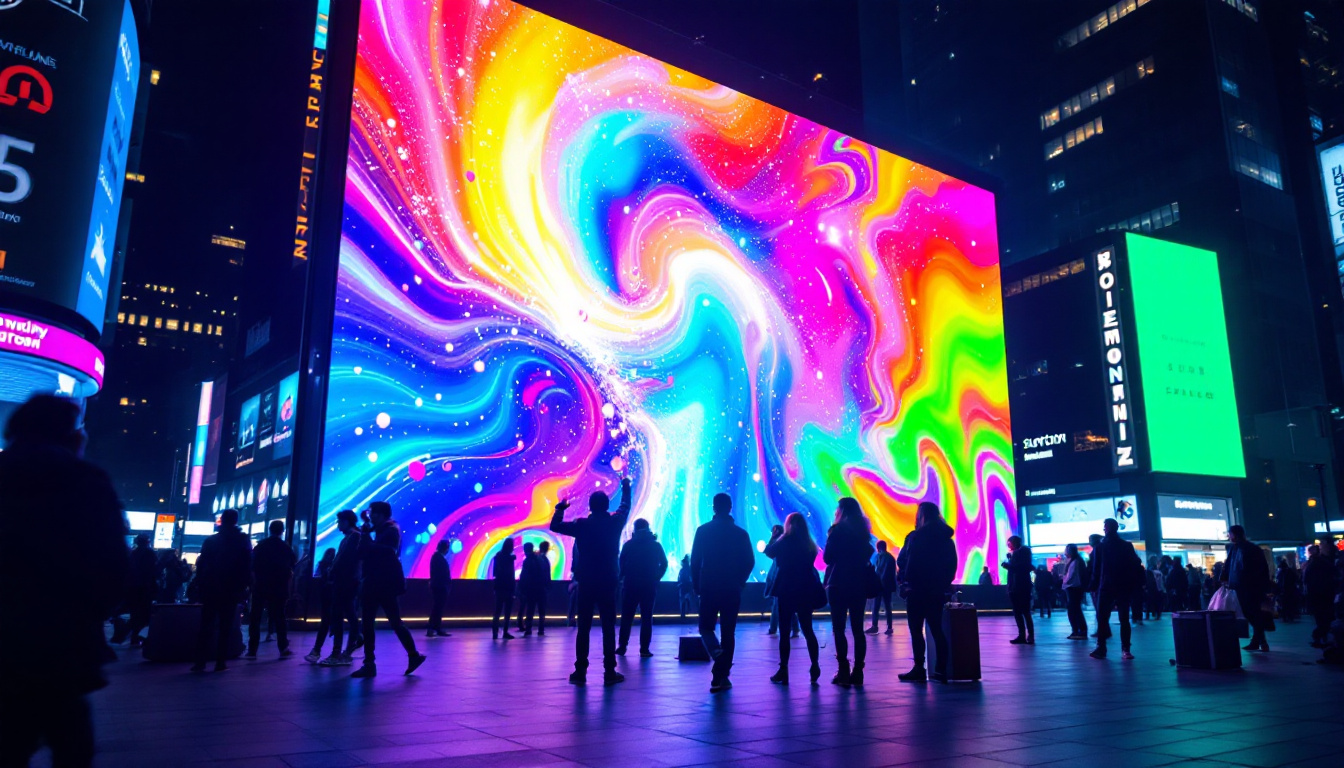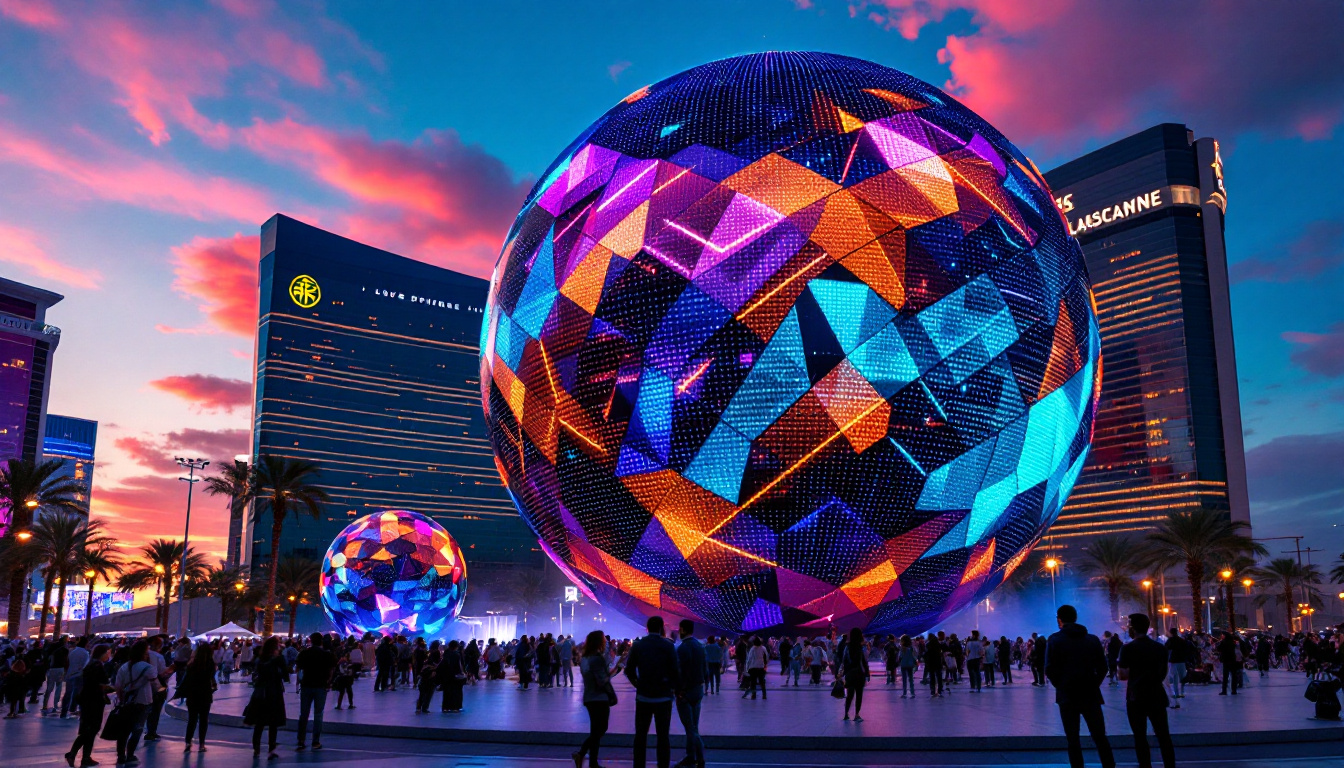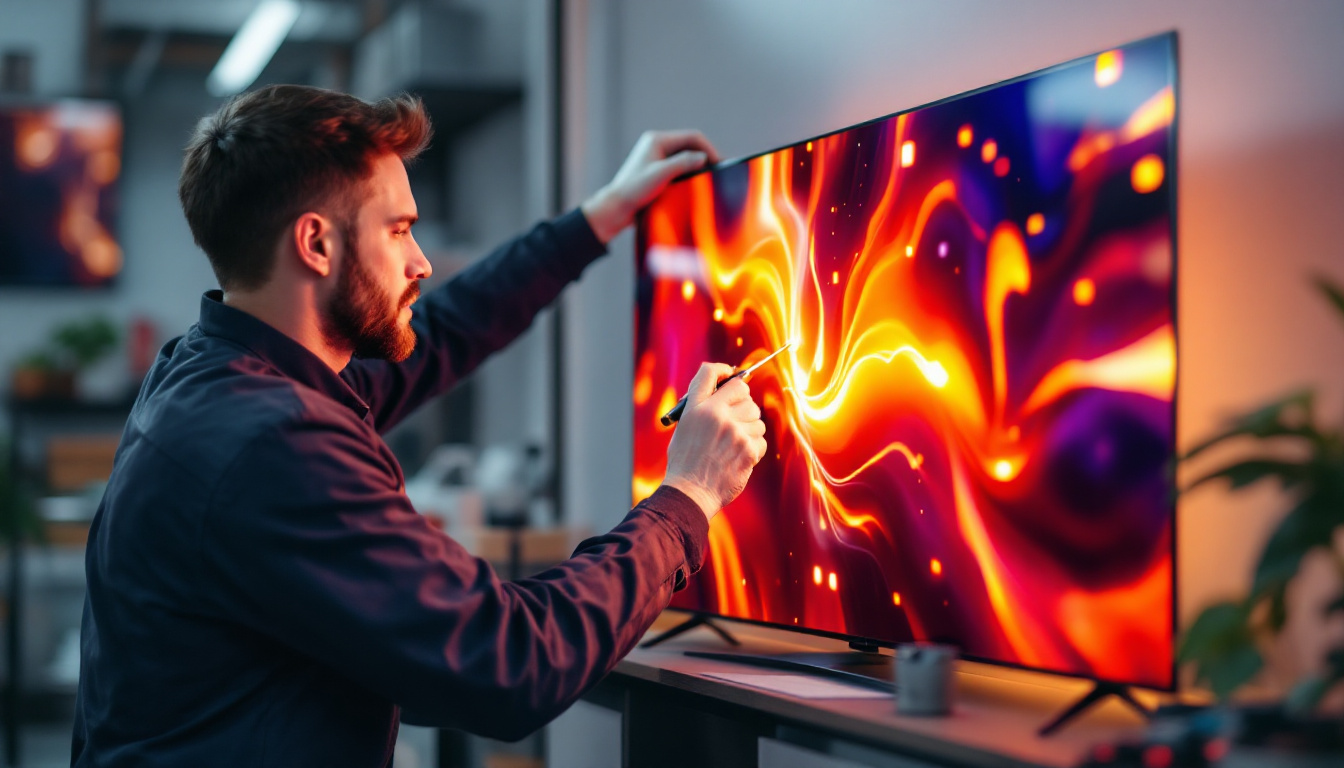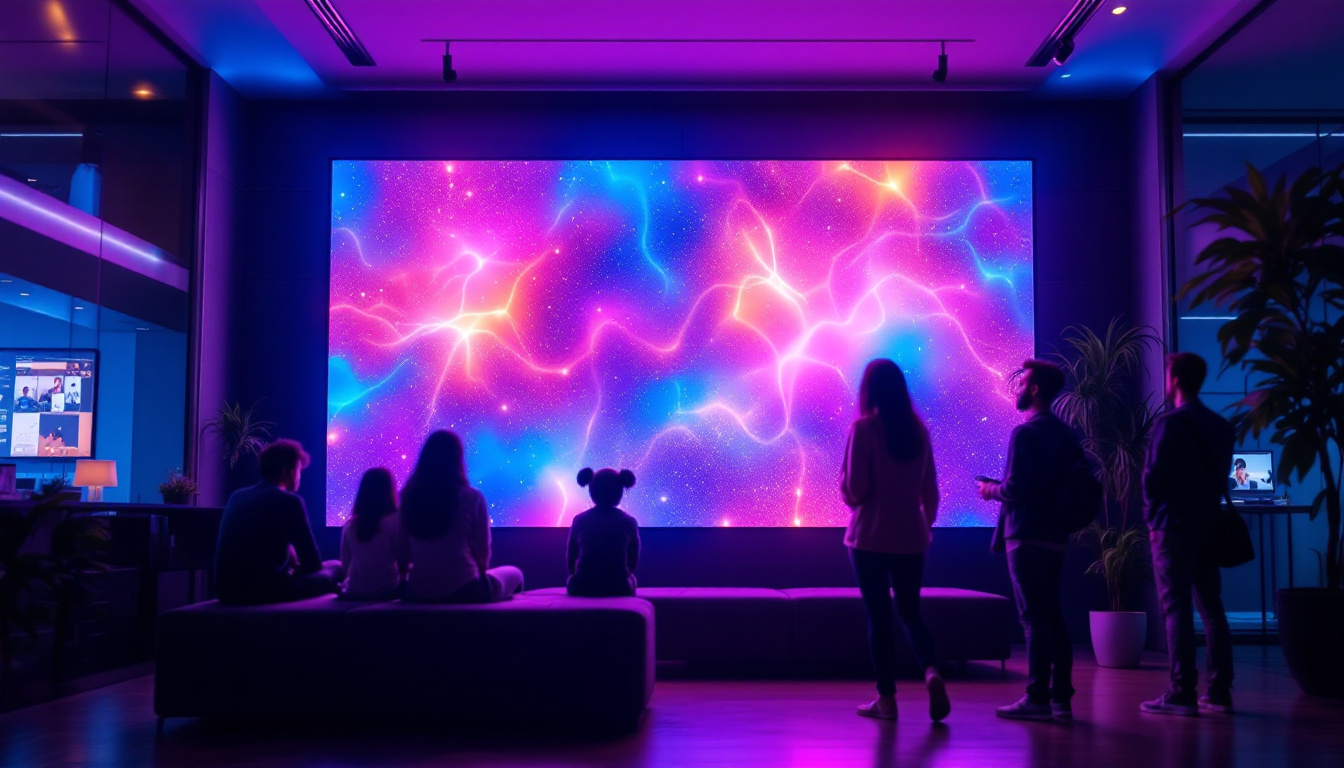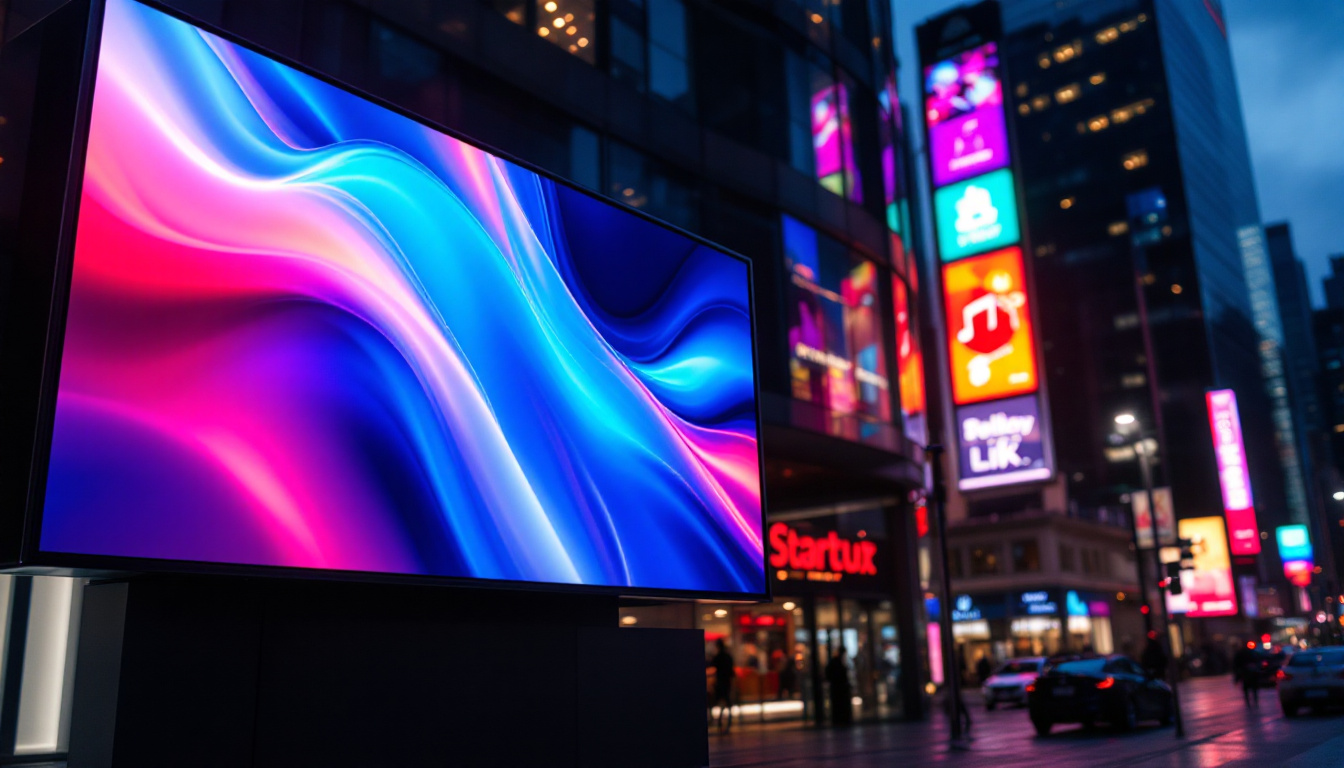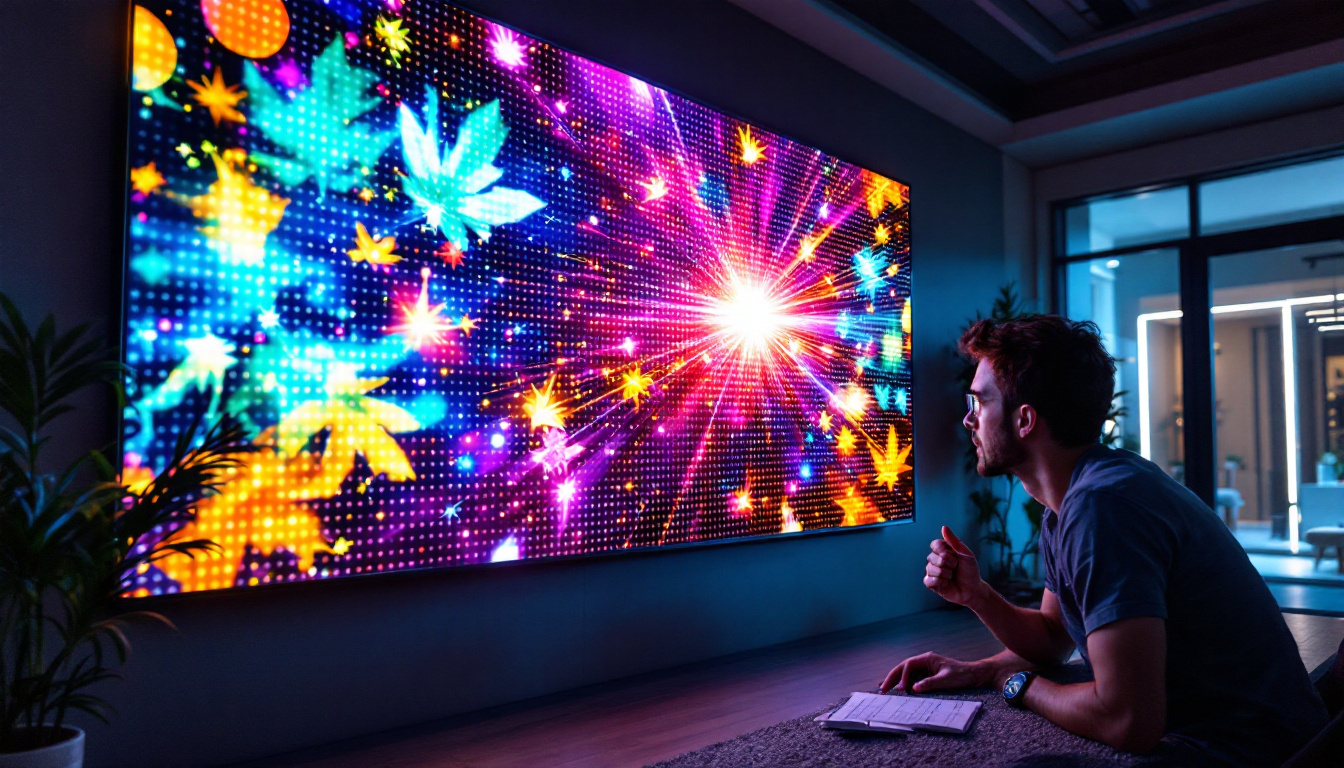In the realm of modern museums, the integration of technology has transformed the way visitors engage with exhibits. One of the most compelling advancements is the use of interactive exhibit touchscreen LED displays. These digital interfaces not only enhance the visitor experience but also provide a dynamic platform for education and exploration. This article delves into the intricacies of touchscreen LED displays in museum settings, examining their functionality, benefits, and the future of interactive exhibits.
Understanding Touchscreen LED Displays
Touchscreen LED displays are sophisticated tools that combine visual technology with user interactivity. These displays utilize LED (Light Emitting Diode) technology to produce vibrant images and videos, while the touchscreen interface allows users to interact directly with the content. This combination creates an engaging experience that encourages exploration and learning.
How Touchscreen Technology Works
The core of touchscreen technology lies in its ability to detect touch inputs. There are primarily two types of touchscreens: resistive and capacitive. Resistive touchscreens respond to pressure, making them suitable for environments where users may be wearing gloves or using styluses. On the other hand, capacitive touchscreens rely on the electrical properties of the human body, allowing for multi-touch gestures that enhance user interaction.
In a museum setting, these touchscreens can be programmed to display a variety of content, including images, videos, and interactive maps. Users can navigate through exhibits by simply touching the screen, making the experience intuitive and accessible. This interactivity not only captivates visitors but also fosters a deeper understanding of the subject matter, as they can engage with the content at their own pace, exploring layers of information that traditional displays may not offer.
LED Technology: A Closer Look
LED technology is renowned for its brightness and energy efficiency. Unlike traditional LCD displays, LED screens provide higher contrast ratios and more vibrant colors, which are essential for capturing the attention of museum-goers. The ability to display high-definition images and videos makes LED displays particularly effective in showcasing artwork, historical artifacts, and educational content.
Moreover, LED displays are versatile and can be configured in various sizes and shapes, allowing museums to create unique installations that fit their specific needs. From large wall displays to smaller kiosks, the adaptability of LED technology is a significant advantage in creating immersive environments. Additionally, the longevity and durability of LED displays reduce maintenance costs and ensure that the exhibits remain visually appealing over time. This reliability is crucial in high-traffic areas where frequent use can lead to wear and tear on less robust technologies.
Furthermore, the integration of touchscreen LED displays with augmented reality (AR) and virtual reality (VR) technologies is revolutionizing the way museums present their collections. By overlaying digital information onto physical exhibits, these technologies can provide visitors with a richer context and a more engaging narrative. Imagine standing in front of a centuries-old painting and using a touchscreen display to see a 3D reconstruction of the scene depicted, or to learn about the artist’s techniques and influences in real time. This fusion of technology not only enhances the educational value of the exhibits but also creates memorable experiences that resonate with visitors long after they leave the museum.
The Benefits of Interactive Touchscreen Exhibits
Interactive touchscreen exhibits offer numerous advantages that enhance the overall museum experience. These benefits not only improve visitor engagement but also contribute to educational outcomes and operational efficiency.
Enhanced Visitor Engagement
One of the primary benefits of interactive touchscreen exhibits is their ability to engage visitors more deeply. Traditional exhibits often rely on static displays, which can lead to passive observation. In contrast, touchscreen interfaces invite users to interact with the content, fostering a sense of involvement and curiosity.
For instance, a touchscreen display might allow visitors to explore a timeline of historical events related to an exhibit. By touching different points on the timeline, users can access detailed information, images, and videos, creating a personalized learning experience that caters to individual interests.
Educational Opportunities
Touchscreen LED displays are powerful educational tools that can cater to diverse learning styles. They can present information in various formats, including text, audio, and video, making it easier for visitors to absorb complex concepts. Additionally, interactive elements such as quizzes and games can reinforce learning while making it enjoyable.
For example, an exhibit on marine biology might include a touchscreen that allows users to explore different ocean ecosystems. Visitors could interact with various species, learn about their habitats, and even take part in virtual simulations that illustrate the impact of climate change on marine life. Such immersive experiences can leave a lasting impression and inspire a deeper appreciation for the subject matter.
Operational Efficiency
From an operational standpoint, interactive touchscreen exhibits can streamline museum functions. They can serve as information kiosks, providing visitors with essential details about the museum’s layout, upcoming events, and exhibit highlights. This reduces the need for staff to answer repetitive questions, allowing them to focus on enhancing the visitor experience in other ways.
Furthermore, touchscreen displays can be easily updated with new content, ensuring that information remains current and relevant. This adaptability is particularly beneficial for temporary exhibits or changing displays, where information needs to be frequently refreshed.
Designing Effective Interactive Exhibits
Creating an engaging interactive exhibit requires careful planning and design. Museums must consider various factors, including user experience, content development, and technical implementation. A well-designed exhibit can significantly enhance the impact of the touchscreen technology.
User Experience Considerations
The user experience (UX) is paramount when designing interactive exhibits. Museums should aim to create intuitive interfaces that are easy to navigate, ensuring that visitors of all ages and backgrounds can engage with the content. Clear instructions, logical flow, and visually appealing graphics are essential elements of a successful UX design.
Additionally, accessibility should be a priority. Touchscreen exhibits should accommodate individuals with disabilities, offering features such as audio descriptions, adjustable text sizes, and alternative input methods. By prioritizing inclusivity, museums can ensure that all visitors can enjoy the interactive experience.
Content Development Strategies
Content is the heart of any interactive exhibit. Museums must curate and develop high-quality content that is both informative and engaging. Collaborating with subject matter experts can help ensure accuracy and depth, while creative storytelling techniques can captivate visitors.
Incorporating multimedia elements, such as videos, animations, and interactive quizzes, can enhance the richness of the content. For example, an exhibit on ancient civilizations might include animated maps that show the rise and fall of empires, alongside interactive artifacts that users can explore in detail.
Technical Implementation
Implementing touchscreen LED displays requires careful consideration of hardware and software components. Museums must choose reliable technology that can withstand heavy usage and environmental factors, such as lighting and temperature variations. Additionally, software solutions should be user-friendly and capable of supporting the desired interactive features.
Regular maintenance and updates are also crucial to ensure the longevity of the exhibits. Museums should establish protocols for troubleshooting technical issues and refreshing content to keep the exhibits engaging over time.
Case Studies: Successful Interactive Exhibits
Several museums worldwide have successfully implemented interactive touchscreen LED displays, showcasing the potential of this technology in enhancing visitor experiences. These case studies highlight innovative approaches and the positive impacts of interactive exhibits.
The Smithsonian National Museum of Natural History
The Smithsonian National Museum of Natural History in Washington, D.C., features an interactive touchscreen exhibit that allows visitors to explore the museum’s vast collection of fossils. The exhibit includes a multi-touch interface that enables users to zoom in on specific fossils, access detailed descriptions, and even watch short videos about the excavation process.
This interactive experience not only enriches the visitor’s understanding of paleontology but also encourages curiosity and exploration. By allowing users to engage with the content actively, the museum has successfully transformed a traditional exhibit into an immersive learning opportunity.
The British Museum
The British Museum in London has embraced interactive technology with its “Museum of the Future” exhibit. This forward-thinking installation features touchscreen LED displays that allow visitors to interact with ancient artifacts in a virtual environment. Users can manipulate 3D models of the artifacts, learning about their historical context and significance.
This innovative approach not only enhances the educational experience but also allows visitors to engage with items that may be too fragile or valuable to handle in person. The integration of technology in this manner demonstrates the museum’s commitment to accessibility and education.
The Future of Interactive Exhibits
As technology continues to evolve, the future of interactive exhibits in museums looks promising. Emerging trends, such as augmented reality (AR) and virtual reality (VR), are set to revolutionize the way visitors interact with exhibits. These technologies can provide even more immersive experiences, allowing users to step into historical events or explore environments that are otherwise inaccessible.
Augmented Reality Integration
Augmented reality offers the potential to overlay digital information onto the physical world. Museums can incorporate AR into their interactive exhibits, allowing visitors to use their smartphones or AR glasses to view additional content related to the exhibits. For example, scanning an artifact with a smartphone could reveal a 3D model, animations, or historical footage, enriching the visitor’s understanding.
Virtual Reality Experiences
Virtual reality takes immersion a step further by transporting users into entirely virtual environments. Museums could create VR experiences that allow visitors to walk through ancient cities, explore historical events, or interact with virtual reconstructions of artifacts. These experiences can provide unparalleled educational opportunities and foster a deeper connection to history and culture.
Conclusion
Interactive exhibit touchscreen LED displays have transformed the landscape of museum experiences, offering visitors a dynamic and engaging way to learn and explore. By combining advanced technology with thoughtful design, museums can create exhibits that captivate audiences and promote active participation.
As technology continues to advance, the potential for interactive exhibits will only grow. Museums that embrace these innovations will not only enhance visitor engagement but also play a crucial role in shaping the future of education and cultural preservation. The journey into the world of interactive exhibits is just beginning, and the possibilities are limitless.
Discover the Future of Interactive Exhibits with LumenMatrix
Ready to elevate your museum or exhibition space with the latest in LED display technology? LumenMatrix is at the forefront of creating immersive environments that captivate and educate audiences. From Indoor and Outdoor LED Wall Displays to innovative solutions like LED Sports Displays and Transparent LED Displays, our products are designed to transform your space and engage visitors like never before. Check out LumenMatrix LED Display Solutions today and step into the future of interactive exhibits.


